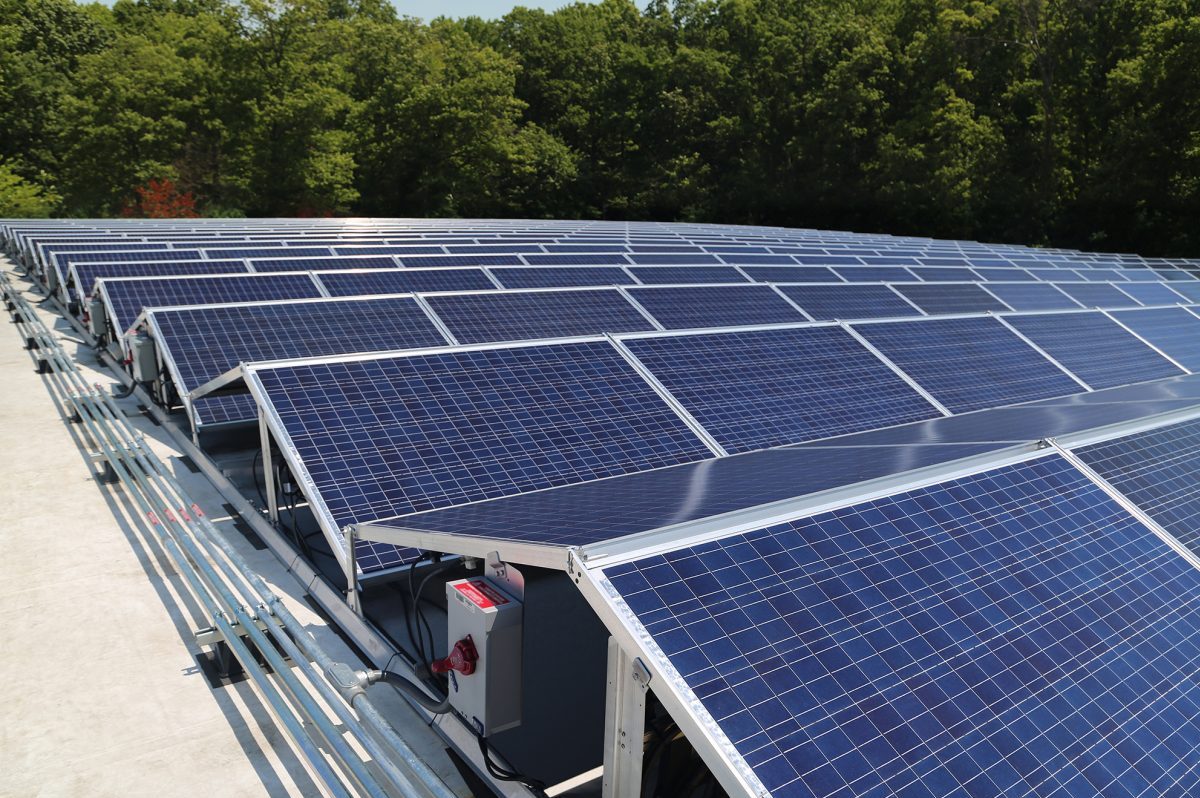Do Solar Panel Frames Matter?

Before a manufacturer decides whether they should put frames on their solar panels or not, they need to take some factors into consideration. First of all, design and cost are important to take note of. Other factors include mechanical characteristics and benefits they provide. These benefits include handling, storage, grounding, fixation, and load resistance like snow or wind.
Do take note that the solar panel frame issue doesn’t lie on its one-size-fits-all concern. Two frames with the same thickness may not yield the same benefits.
What makes solar manufacturers move towards thinner frames?
One of the more important parts of the solar panel is obviously the frame. Compared to other panel parts, it can be said that the frame has the most value. Generally, the commercial grade products make use of aluminum for creating their frames. However, it is also this part that manufacturers try to thin in order to reduce costs. The advantage here is that the product becomes more lightweight but the quality goes down.
But the problem lies in its mechanical load. Frames added extra durability on holding the panel together, and its frame component volume defines its ability to withstand even harsher mechanical impacts. With its consequences, the electrical properties can be damaged seriously. Directly proportional to it is its electrical performance, which can impact the panel’s function for years.
So, do solar panel frames really matter?
Frames aren’t entirely trivial, regardless of design. Yet, the reliability of every panel lies in how the structure is designed for it. It could be overlooked at some point, yet a wrong frame is usually related to cost and time issues.
- The freezing of the frame during the colder seasons, especially winter, can cause breaks in the module itself.
- Subpar assembly of the panel modules can also contribute to breaking the panel frame.
- It develops yield loss that is directly related to loss of electrical power and satisfaction among clients.
- It loses versatility in mounting system choices and module orientation brought by limitations on clamping and security of the pole and the frames.
Without breakthroughs in the framing approach, solar panel innovations began to slow down and tend to reach a flat point. In a way, cost-cutting is all about finding the best compromise that won’t jeopardise every solar panels’ quality and mechanical reliability.
Leave a Reply